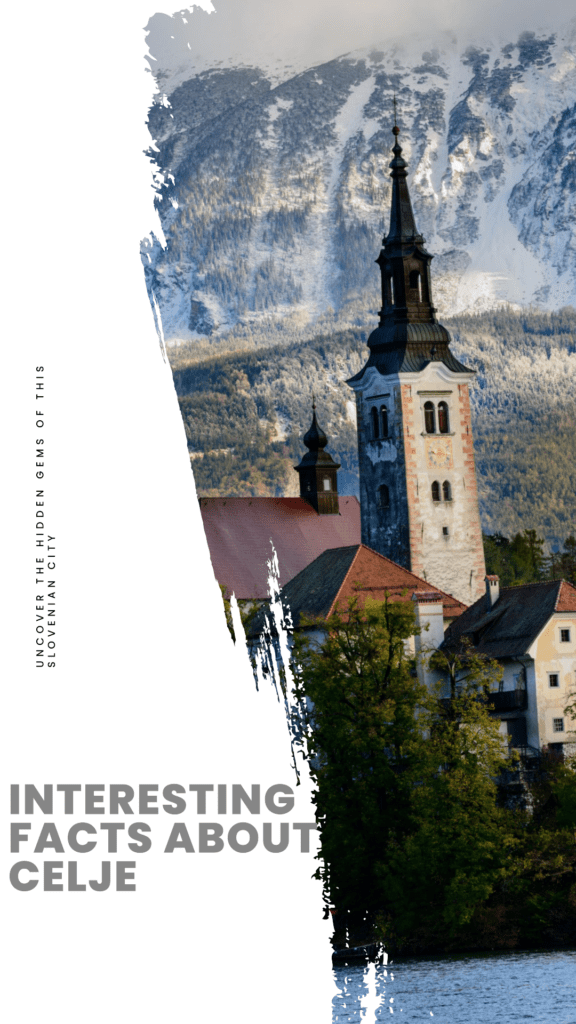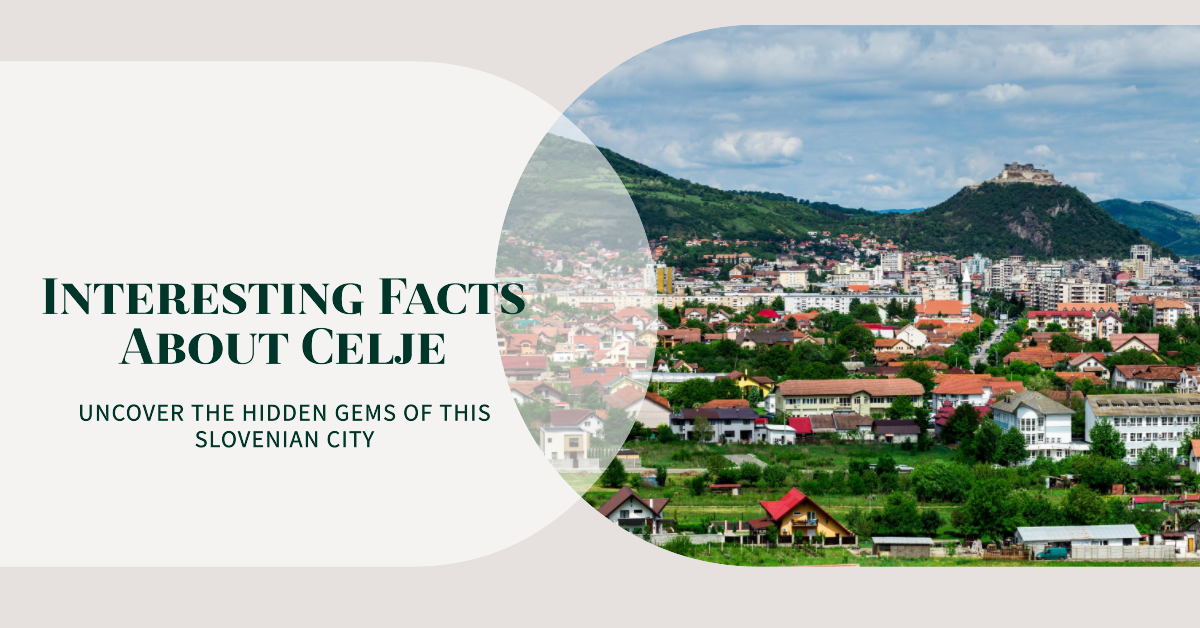Facts About Celje
- Celje gained town rights on April 11, 1451. The settlement was known in the Celtic times and to Ancient Greek historians as Kelea.
- Celje was known as Celeia during the Roman period. Early attestations of the name during or following Slavic settlement include Cylia in 452, ecclesiae Celejanae in 579, Zellia in 824, Cilia in 1310, Cilli in 1311, and Celee in 1575.
- The town of Celje is located below Upper Celje Castle, 407 m/ 1,335 ft, above sea level, at the confluence of the Savinja, Hudinja, Ložnica, and Voglajna rivers in the lower Savinja Valley.
- The city of Celje is divided into 10 districts: Center; Dečkovo Naselje; Dolgo Polje; Gaberje; Hudinja; Karel Destovnik Kajuh; Lava; Nova Vas; Savinja & Slavko Šlander.
- The first settlement in the area of Celje appeared during the Hallstatt era.
- Celje became part of independent Slovenia following the Ten-Day War in 1991.
- On 7 April 2006, Celje became the seat of a new Diocese of Celje, created by Pope Benedict XVI within the Archdiocese of Maribor.
- Celje is twinned with the following sister cities Budva, Montenegro; Ćuprija, Serbia; Doboj, Bosnia and Hercegovina; Gaziantep, Turkey; Grevenbroich, Germany; Šabac, Serbia; Shchyolkovo, Russia; Singen, Germany; Sisak, Croatia; Slavonski Brod, Croatia; Sombor, Serbia & Veles, North Macedonia.
- In 1902, The town’s first telephone line was installed.
- Celje is the largest city in the traditional region of Styria, the fourth largest city in Slovenia and the seat of the City Municipality of Celje.
Celje Information
| Celje Details | Statistics |
| Traditional region | Styria |
| Statistical region | Savinja |
| Total Area | 22.7 km2 (8.8 sq mi) |
| Total Estimated Population | 37,872 |
| Town rights | 11 April 1451 |
| Climate | Cfb |
| Official Website | https://www.visitcelje.eu/ |


